A Spicy Guide to Chinese Anise: From Kitchen to Culture
Table of Contents
Introduction to Chinese Anise
Chinese anise, also known as star anise, is a unique spice that has been used in Asian cuisine for centuries. Its distinct star-shaped pods and strong licorice-like flavor make it a favorite among chefs and home cooks alike. But what exactly is Chinese anise, and why is it so special?
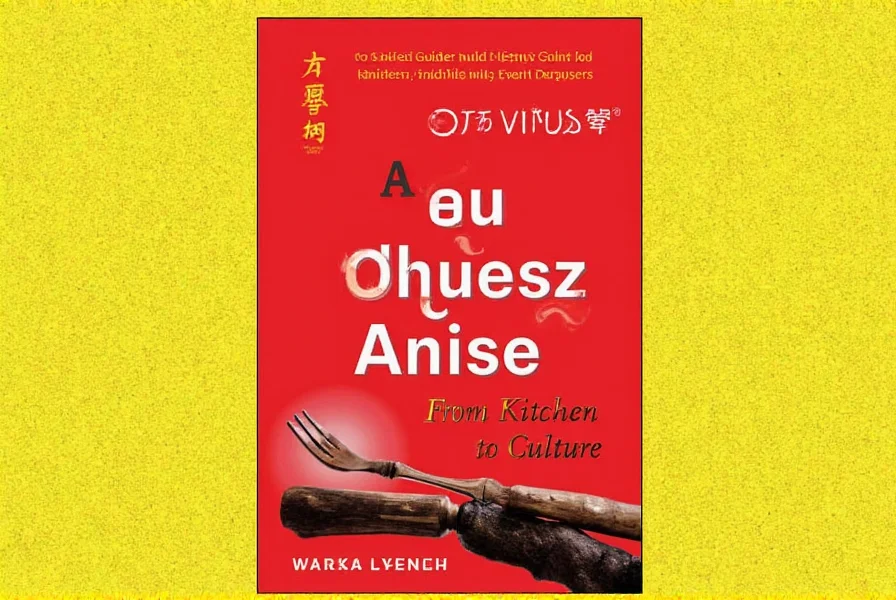
Chinese anise is the dried fruit of the Illicium verum plant, native to China and parts of Southeast Asia. It’s not to be confused with regular anise, which is a different plant altogether. While both have a similar taste, Chinese anise is more potent and often used in savory dishes.
Flavor Profile and Uses
If you’ve ever tasted Chinese anise, you’ll know it has a bold, sweet, and slightly bitter flavor. Think of it as the spicy version of licorice, but with more depth and complexity. It pairs well with meats, soups, stews, and even desserts in some cultures.
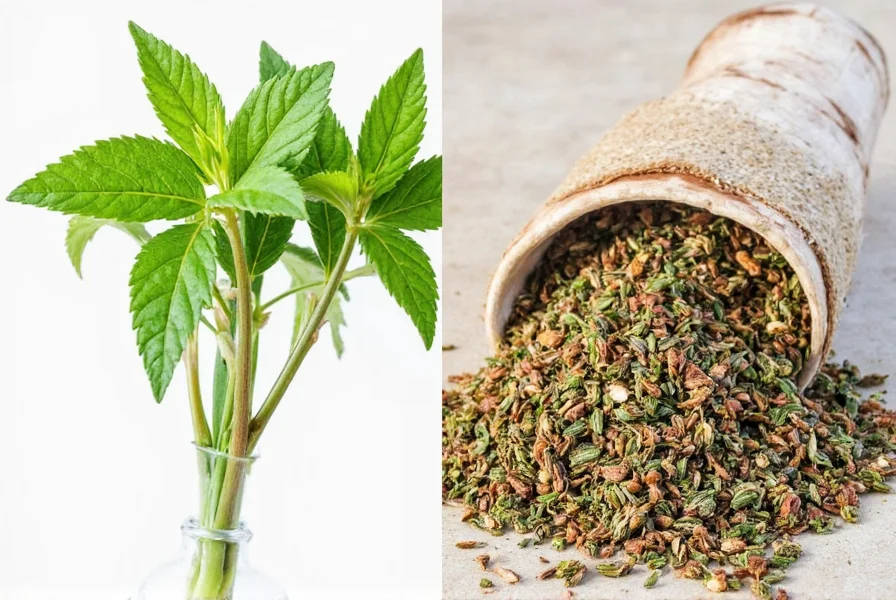
Here's a quick comparison of Chinese anise with other common spices:
| Spice | Flavor | Common Use |
|---|---|---|
| Chinese Anise | Licorice, Sweet, Slightly Bitter | Meat dishes, Soups, Stews |
| Anise | Licorice, Sweet | Baked goods, Spirits |
| Fennel | Licorice, Herbal | Salads, Vegetable dishes |
Cooking Tips with Chinese Anise
Using Chinese anise can elevate your cooking game if done right. Here are some practical tips to help you get the most out of this versatile spice:
- Use whole pods for slow-cooked dishes: The best way to bring out its flavor is to use the whole star-shaped pods in soups, braises, or stews. They release their aroma slowly over time.
- Crush before adding: If you want a stronger flavor, crush the pods slightly before adding them to your dish.
- Pair with other spices: Chinese anise works well with cinnamon, cloves, and ginger. These combinations are commonly found in traditional recipes like five-spice powder.
- Use in small amounts: Because of its intensity, a little goes a long way. Overusing it can overpower your dish.
- Experiment with dessert recipes: Some Asian cuisines use Chinese anise in desserts like mooncakes or rice cakes. Give it a try!
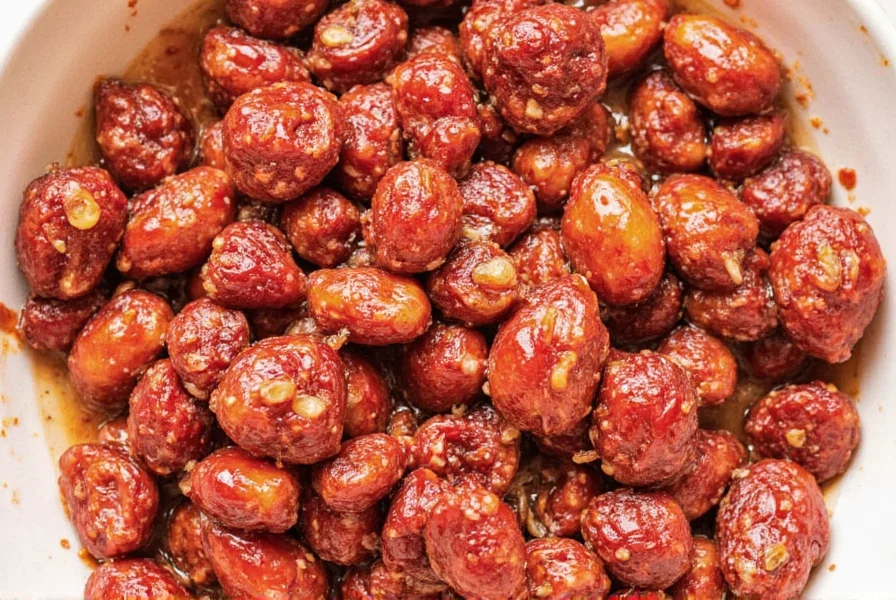
Buying Guide for Chinese Anise
If you're looking to add Chinese anise to your kitchen, here’s what you need to know about purchasing it:
Types of Chinese Anise
There are two main types of Chinese anise: whole pods and ground powder. Whole pods are ideal for slow-cooked dishes, while the ground form is great for seasoning blends.
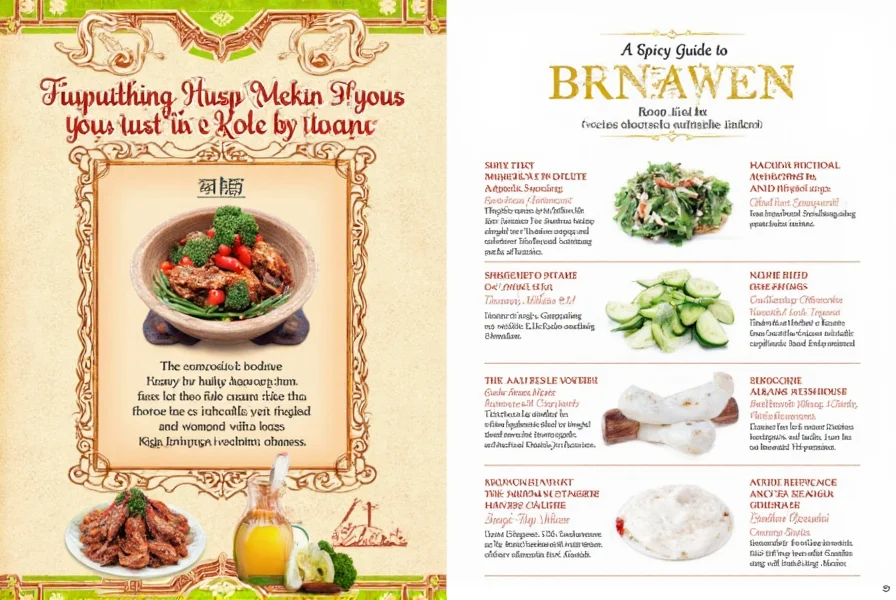
Where to Buy
You can find Chinese anise at specialty grocery stores, Asian markets, or online retailers. Look for brands that offer organic and high-quality options.
Key Features to Look For
- Color: Fresh Chinese anise should be dark brown with no signs of mold or discoloration.
- Aroma: A strong, aromatic scent is a good sign of quality.
- Texture: The pods should be firm and not brittle.
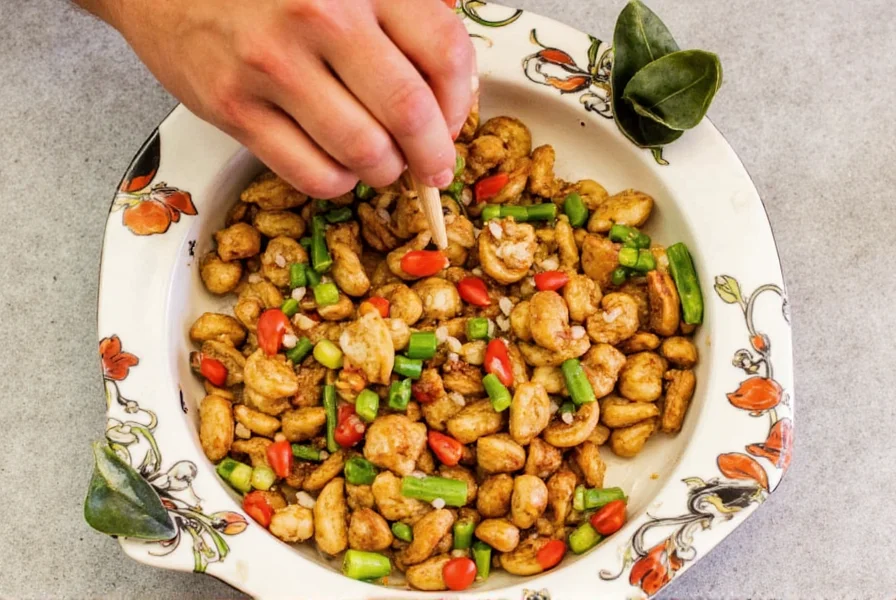
Best Products to Try
Here are a few top picks for Chinese anise:
- Organic Star Anise (Whole): Great for soups and stews. Ideal for health-conscious cooks.
- Star Anise Powder: Perfect for seasoning blends and baking. Easy to use in small quantities.
- Cooking Kit with Anise and Other Spices: A convenient set for those who love experimenting with flavors.
The sentence that expands on the chinese anise is: Chinese anise is a must-have spice for anyone looking to add depth and complexity to their cooking, especially when paired with meats, broths, or traditional Asian recipes.
Cultural Significance of Chinese Anise
Chinese anise isn’t just a flavor enhancer—it holds cultural significance in many Asian countries. In China, it’s often used during festivals and celebrations, symbolizing good luck and prosperity. In traditional medicine, it’s believed to aid digestion and soothe stomach issues.
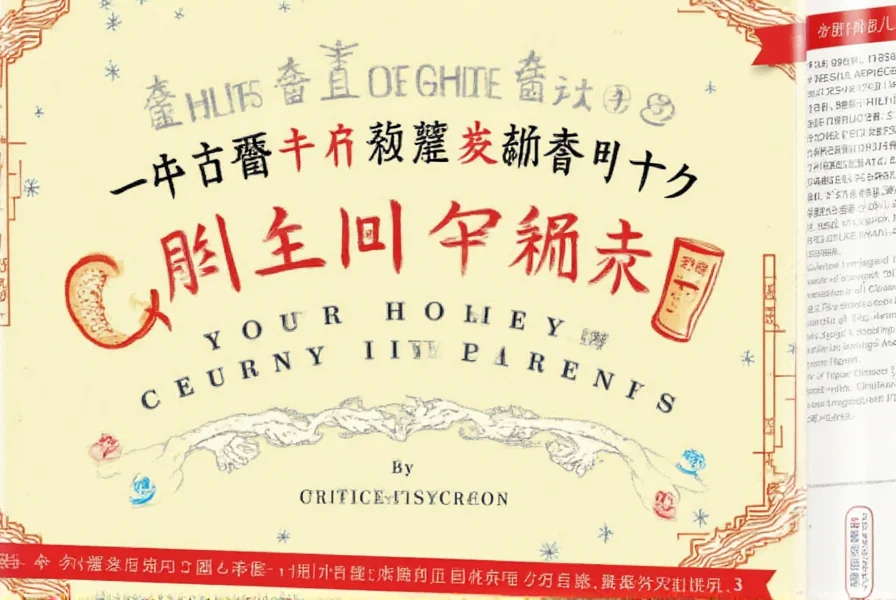
In Vietnamese cuisine, it’s a key ingredient in pho, the famous noodle soup. In Indian cooking, it’s sometimes used in garam masala blends. This spice has truly stood the test of time across different culinary traditions.
Conclusion
Chinese anise is more than just a spice—it’s a flavor powerhouse with deep roots in Asian culture. Whether you’re cooking up a hearty stew, experimenting with new recipes, or simply curious about global flavors, this spice is worth exploring. With the right techniques and knowledge, you can unlock its full potential in your kitchen.
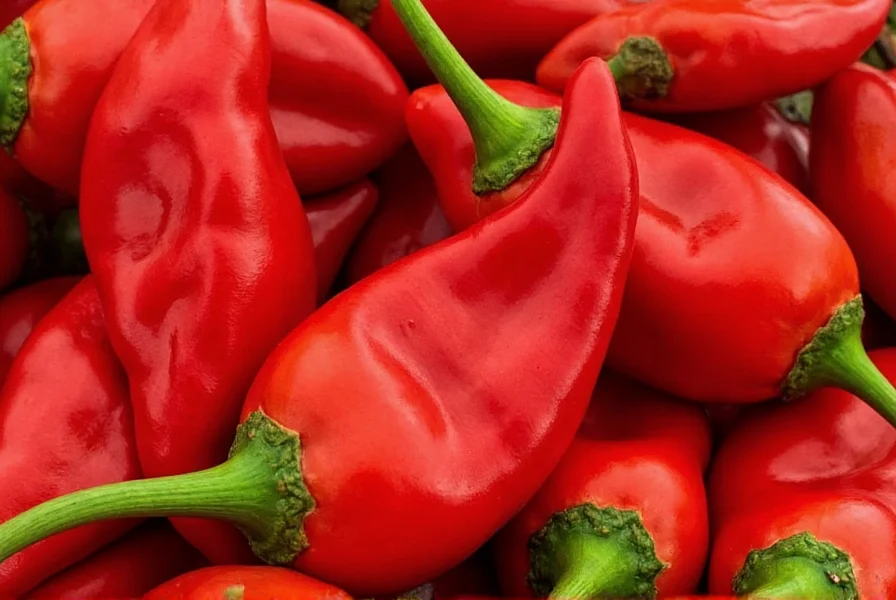
So next time you reach for a spice jar, consider giving Chinese anise a try. You might just discover a new favorite flavor that transforms your cooking.

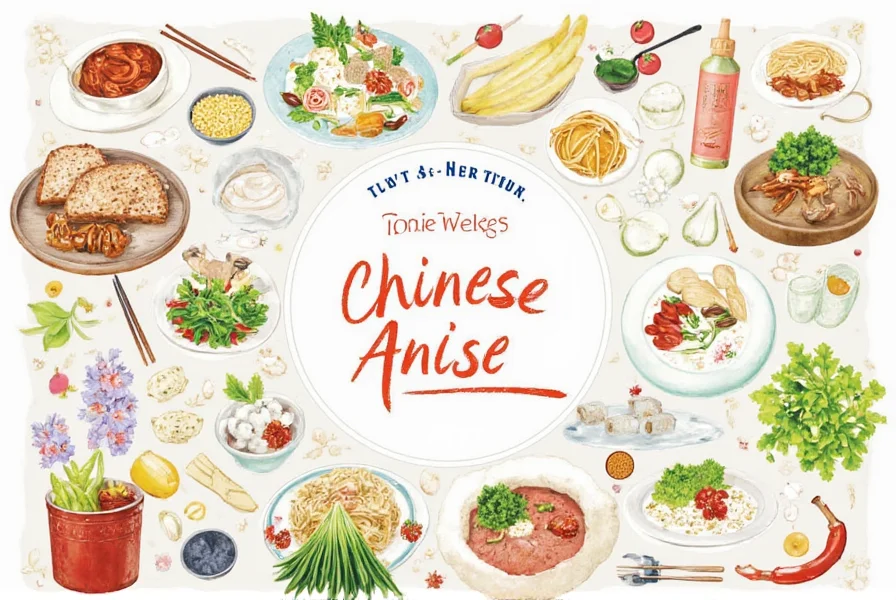









 浙公网安备
33010002000092号
浙公网安备
33010002000092号 浙B2-20120091-4
浙B2-20120091-4